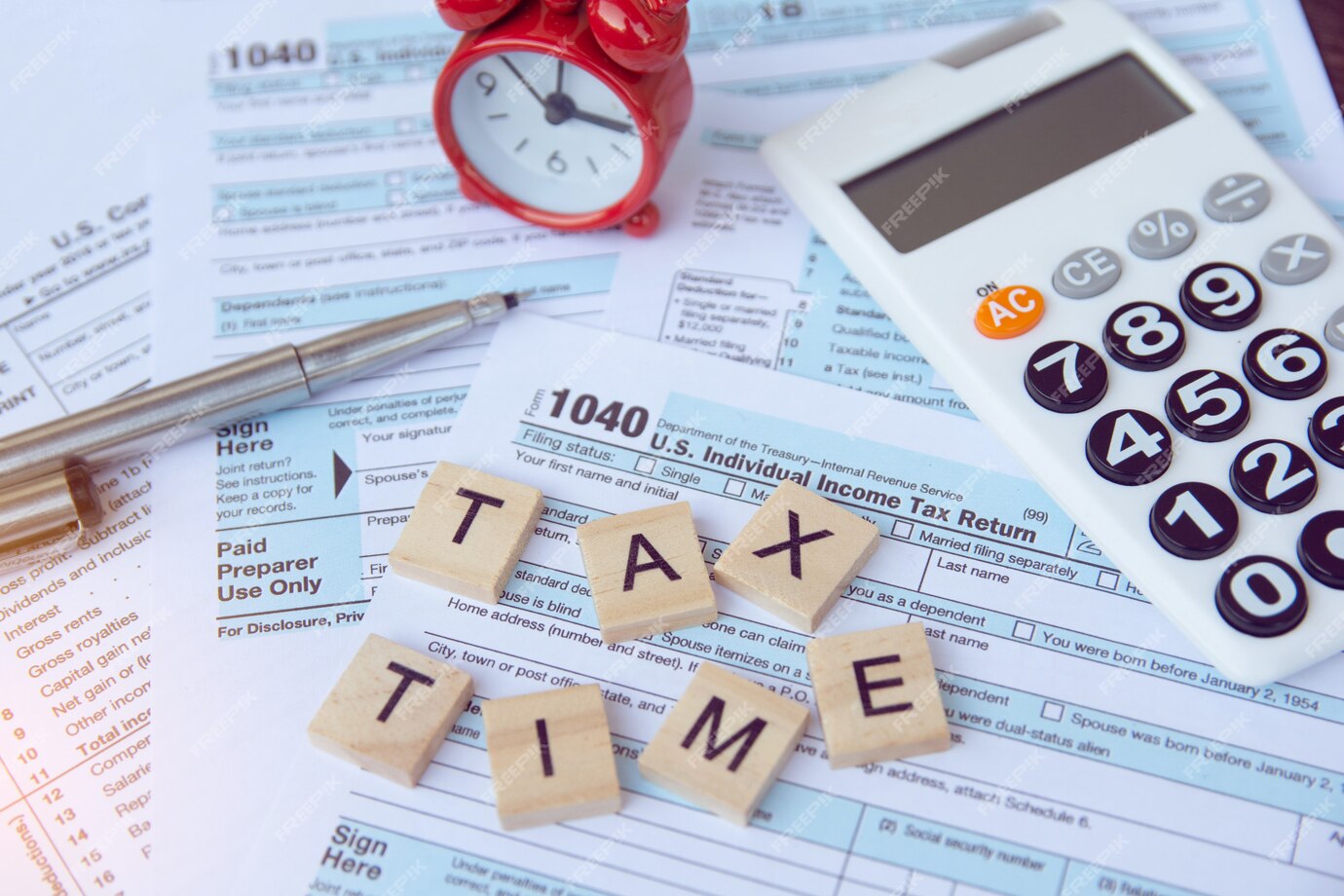At the beginning of each tax year, HMRC issues a PAYE notice of coding, also known as a P2 form, informing taxpayers of their tax code. The notice of coding explains how the tax code has been made up by HMRC and will include any expenses and benefits relating to an individual’s employment.
Individuals with earnings from employment and/or any occupational pensions from previous jobs normally have their income tax deducted under the PAYE system. This system should collect the right amount of tax from most people each year, however, this is not always the case, due to incorrect PAYE notices being issued by HMRC. These notices are then applied by the employer or pension providers, leading to individuals over-paying or under-paying income tax.
It is not uncommon for individuals to be over-paying or under-paying income tax, as a result of an incorrect PAYE coding being issued by HMRC. As households continuously look for ways to offset rising bills to manage the cost-of-living squeeze, it is important that individuals make it a habit to review the coding notices, once received and take the necessary steps to ensure they aren’t in for a big surprise.
It is important to note that any shortfall of tax arising due to an incorrect tax code is the individual’s responsibility, not the employer’s or pension provider’s, as it is often assumed. Individuals should therefore consider these steps to avoid any financial shocks as households look to offset soaring fuel costs and food bills amidst the cost-of-living crisis.
Underpayments of tax from a previous tax year may also be reflected in the tax code. These are often estimated based on the records available to HMRC. As the notice of coding is generally issued automatically, errors can occur, leading to the creation of incorrect tax codes.
Errors may be due to a number of reasons, including:
- the individual was given the annual tax-free personal allowance against more than one job or pension;
- a taxable social security benefit or state pension was not taken into account in the annual tax code;
- the individual received allowances which were not due to them, or have not received some that were due;
- the individual has untaxed income, or incorrect work expenses included in their PAYE code; and
- the incorrect processing of P45 and P46 forms when changing employment.
Some people are more at risk of receiving incorrect tax bills if:
- they are new to employment, have multiple employments, or have changed jobs during the tax year (students often fall into these categories);
- they have been issued with a no tax (NT) code in error; and
- they are employed but also receive a taxable state benefit, state pension or occupational pension.
In most cases, the individuals affected, are on the lower income scale. This can usually be explained by the fact that these taxpayers consider their affairs to be too simple to worry about as all their income tax deductions are done via the PAYE system.
However, as people pay more attention to their financial circumstances to offset rising costs, taxpayers should ensure they are checking their PAYE notifications in a timely manner and, where unsure on whether or not information listed in the P2 form is correct, seek clarification from HMRC or a professional adviser. Individuals can request tax code corrections by calling HMRC’s self-assessment service, and can receive further support from a qualified tax advisor they may be working with, or from TaxAid, a charity that helps people on low income with their tax affairs and tax coding issues.
We check our clients PAYE coding notice as a standard and take appropriate action to make sure that action is taken as soon as possible.
Because tax efficiency is complicated enough!…

February 7, 2025
Stay Compliant & Protect Your Brand—Take Ac

October 31, 2024
Autumn Budget 2024: How this affects you?

August 27, 2024
Offshore Funds & Assets as Secret as a Billbo

August 1, 2024
Changes to the taxation of non-UK domiciled indivi

July 26, 2024

